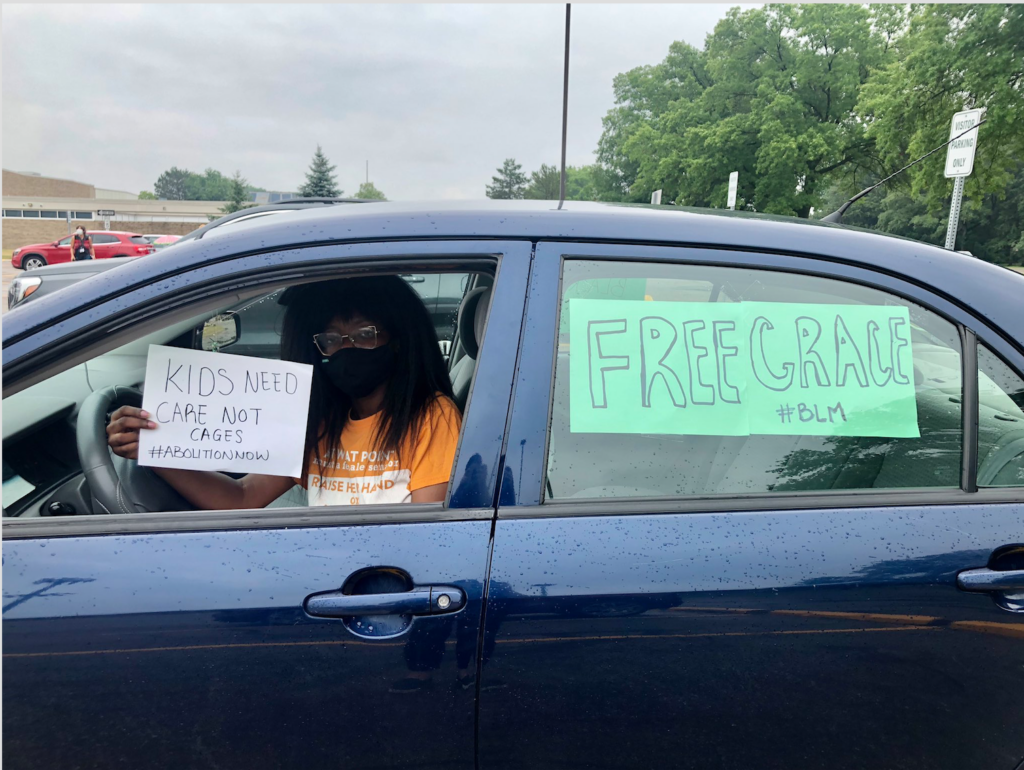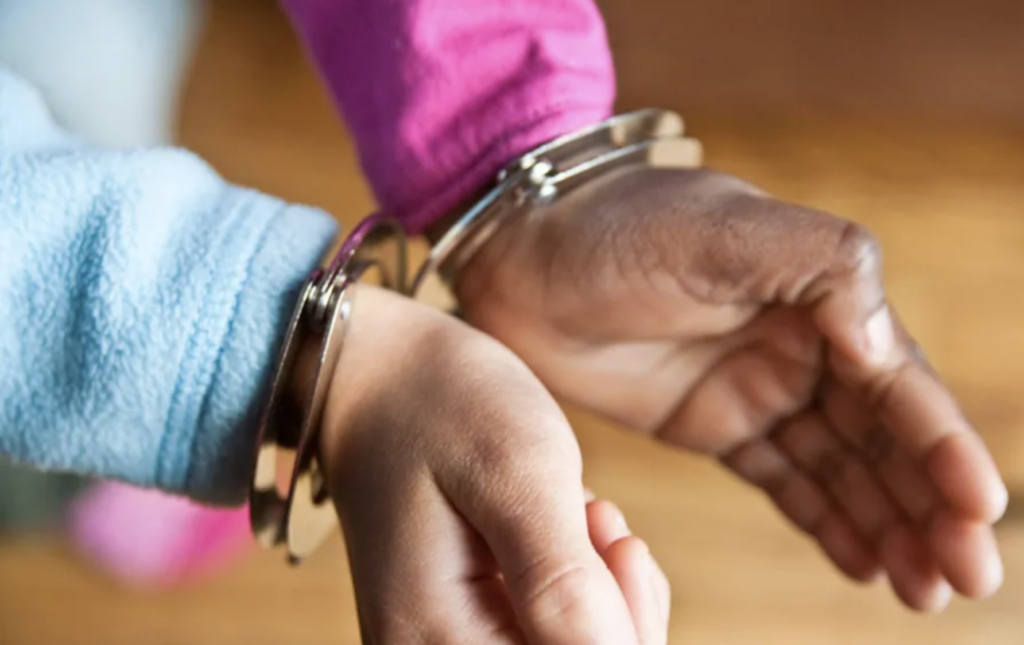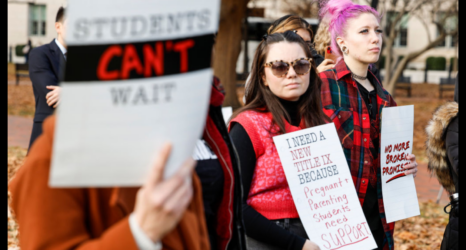
In the wake of protests following the shooting of Jacob Blake, George Floyd and Breonna Taylor, calls to defund or even abolish the police have intensified. This moment calls on us to look more deeply at the roles police play not only in our adult lives, but also the lives of our children.
The pandemic has forced us into unprecedented hardships, forcing our children to adjust to remote lives and learning and navigate the chaos all around them. Many parents whose children depend on in-person instruction or who struggled through a patchwork of learning last Spring are entering this school year with many questions, and even more fears.
These fears are valid, and reinforced by heartbreaking stories like that of Grace, a 15-year-old Black student in Michigan who, like many students, was forced to adjust to the sudden switch to remote learning. As a student suffering from ADHD, Grace’s learning disability drastically exacerbated the already difficult process of adjusting to this new learning routine. This naturally led to her missing online coursework.
Rather than checking in to make sure she was okay, Grace was reported by her social worker, detained and thrown into a youth prison.
Two questions swirled in my mind after seeing this news: Why was incarceration the first response to dealing with a student who clearly needed support? And how many opportunities to provide support had to be missed for a 15-year-old special needs child to be thrown into youth prison in the middle of a pandemic?
This last question still sits with me, because it begs a third question: How many children have similar stories that we never hear about?
Even one is too many.
It’s clear this isn’t an isolated incident. In fact, fueled by zero tolerance policies, school districts across the country frequently push kids out of school and toward the juvenile and criminal justice systems. The presence of police officers in schools makes a bad situation worse, too often punishing students who are Black, Latinx, LGBTQ and/or have disabilities—just like Grace.
Grace’s experience serves as a brutal reminder that even inside the home, where we think our children are safe, students still fear contact with the legal system. No matter where your child is learning, police officers can and will continue to play a violent role in their lives.
We have seen this time and time again. Over the past few years, incidents of police abuse in school buildings have worsened—since 2013, close to 300,000 children under the age of 12 have been arrested, and now nearly half of public schools are patrolled by police officers.
After the Columbine tragedy, the percentage of students who said there were security guards or assigned police officers in their schools increased from 54 percent to 70 percent from 1999 to 2015. During the same time period, the number of school counselors only increased by 5 percent.
We’ve watched school districts make a concerted effort to “harden” schools, even if it means investing already scarce educational funds into funneling more police into schools and advancing practices that criminalize students.
The irony here is that we still know very little about school shootings or why they happen and there is no evidence that police in schools are effective at stopping them. Still, the response to school shootings has been to pour more police into schools, instead of addressing the root cause.

Equally troubling, we see the same racial bias in police in schools as we do on the streets—students of color are more likely to go to a school with law enforcement, more likely to be referred to law enforcement and more likely to be arrested at school.
Black students are three times as likely to be arrested as white students, and in some states, Black girls are eight times as likely to be arrested as white girls. Students with disabilities face similar disparities and are nearly three times as likely to be arrested as their non-disabled peers, with the disparity reaching up to 10 times in some states.
If schools aspire to be environments where students can feel protected and be safe, their leaders must acknowledge that today’s children are battling record levels of depression and anxiety, alongside multiple forms of trauma.
Our children need more nurses and counselors, more social workers and school psychologists—not more police. The presence of police not only fails to improve a student’s mental health, educational outcomes or safety, but worsens it. Their presence leads to greater criminalization because they aren’t trained to support our children’s wellbeing. They’re trained to detain, handcuff and arrest.
As it stands today, more than 90 percent of students nationwide attend schools that fail to meet the nationally recommended ratios for student-to-counselors, psychologists, nurses and social workers. In fact, more than 14 million of these students are in schools with law enforcement present and no mental and physical health personnel.
Imagine if Grace had been met with a professional trained to support her mental health, instead of a legal system determined to punish her.
Schools with mental health providers on the premises see improved attendance rates, improved academic achievement, and lower rates of suspension, expulsion and other disciplinary incidents. The data on this is clear—the presence of mental health providers in schools doesn’t just improve outcomes for all students; it also improves overall school safety.
The is good news: Following nationwide unrest, Minneapolis Public Schools severed its decades-long relationship with the city’s police department, and Lane Tech, the largest school in Chicago recently voted to remove school resource officers from its premises.
School districts across the nation should do the same.
The key to keeping schools safe is reversing the dangerous practice of punitive and police-heavy measures that harm our children and send students, who would be better served by social workers, spiraling into a juvenile and criminal justice system that follows them into their adult lives.





